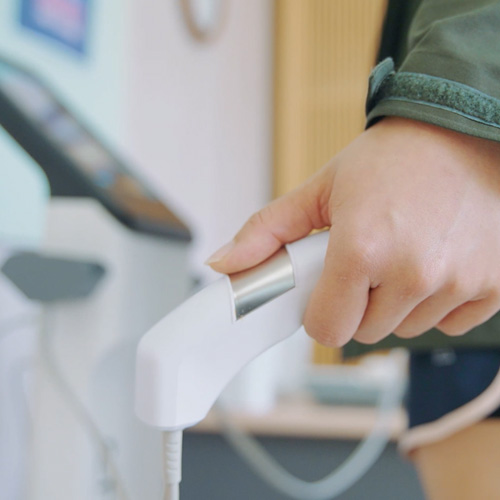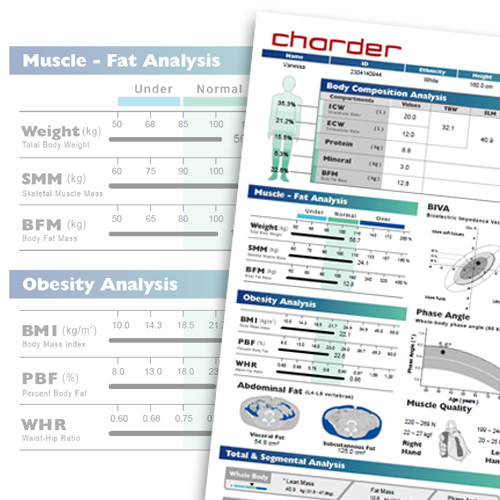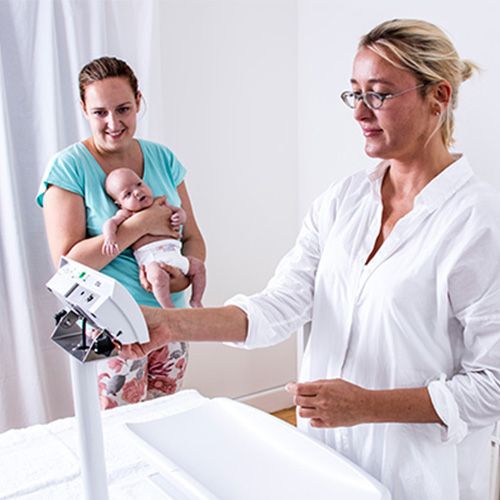Is BIA safe for young children?

The Bioelectrical Impedance Analysis (BIA) technology used by Charder's advanced body composition analyzers has a long history of safe use! Commercial BIA devices have been available since the 1980s, and there is no known history of adverse events caused by electrical shock when this technology is used.
Why is this the case? A basic overview of the effects of electrical currents on the human body will help explain why BIA is so safe!
| Effects of Electrical Current in the Human Body | |
| Current (Milliamps) | Reaction |
| < 1 mA | Generally not perceptible |
| 1 mA | Faint Tingle |
| 5 mA | Slight shock felt. Not painful but disturbing. Average individual can let go |
| 6-25 mA (women) | Painful shocks. Loss of muscle control |
| 9-30 mA (men) | The freezing current or "let go" range. If extensor muscles are excited by shock, the person may be thrown away from the power source. Individuals cannot let go. Strong involuntary reactions can lead to other injuries. |
| 50-150 mA | Extreme pain, respiratory arrest, severe muscle reactions. Death is possible |
| 1.0-4.3 Amps | Rhythmic pumping action of the heart ceases. Muscular contraction and nerve damage occur; death is likely |
| 10 Amps | Cardiac arrest, severe burns, death is probable |
Chart source: W.B. Kouwenhoven, "Human Safety and Electric Shock"” Electrical Safety Practices, Monograph 112, Instrument Society of America, p. 93.
The measurement electrical alternating current used by Charder's devices is less than 500 Microamp (µA), or 0.5 Milliamp (mA). The strength of the current would have to reach 5000 Microamps, or more than 10 times stronger for it to create even a slight shock!
If this is the case, then why do BIA devices have a minimum age range? It isn't because there are safety concerns of the electrical current being too strong for children that are "too young". Basically, anyone that does not have contraindications such as implanted electronic medical devices can use BIA devices safely. But it can be harder to collect measurement data for some groups compared to others, and that makes validation of results more difficult!
For example, the most common method of confirming BIA accuracy is by comparing results with DXA, and seeing how close the two results are. However, DXA scans are generally not possible to conduct for small children, and for good reason, as each scan will expose the subject to a small amount of radiation! Thus, without such comparison data, it is not possible to be sure exactly how accurate results are, and that's where the recommended age range comes from. If the measurement age range is 6-85 years old, can a 5-year-old child outside the recommended age range use the device, as long as they are physically able to reach the electrodes? Certainly, though we would strongly recommend having a professional pediatrician interpret results.




